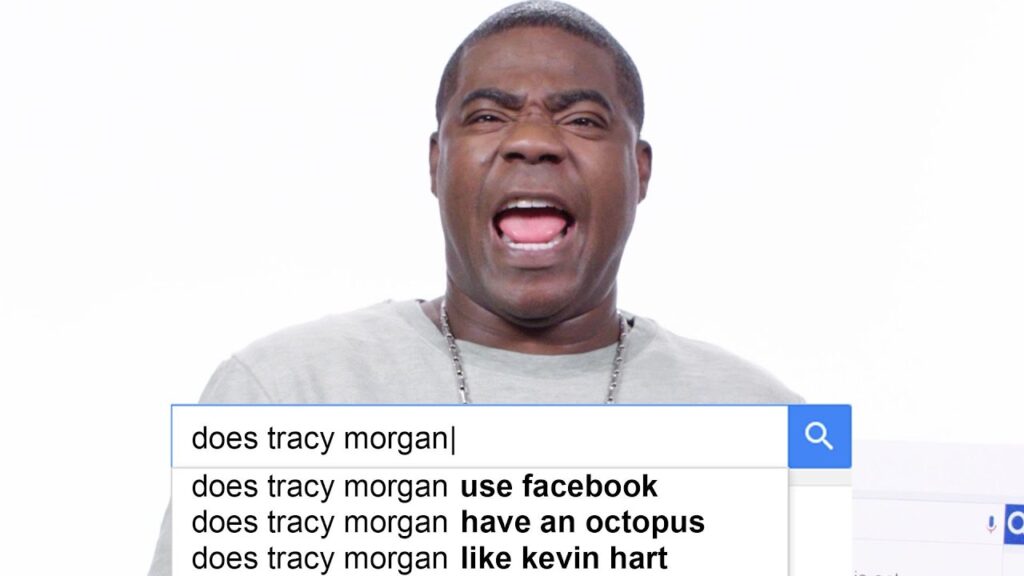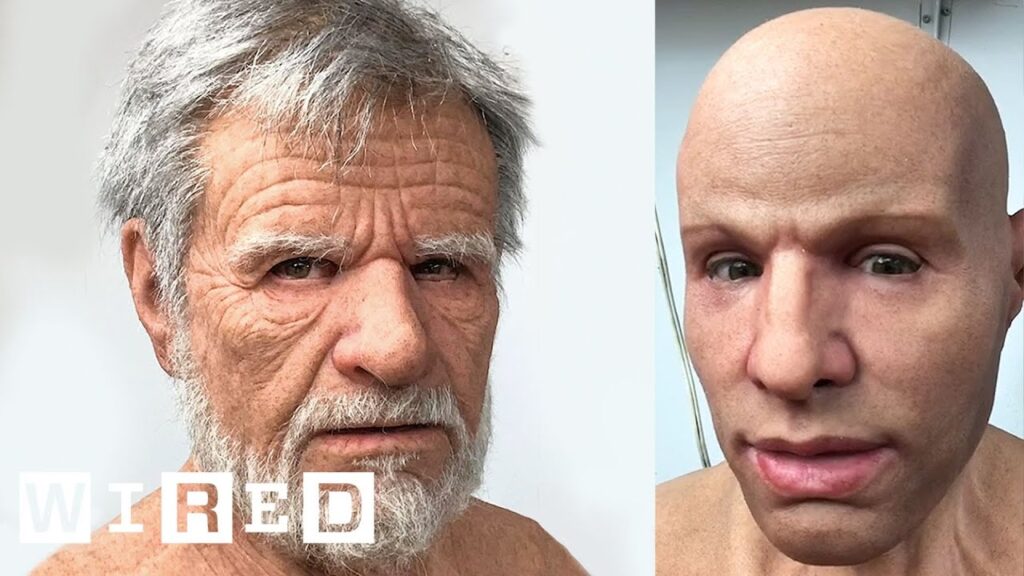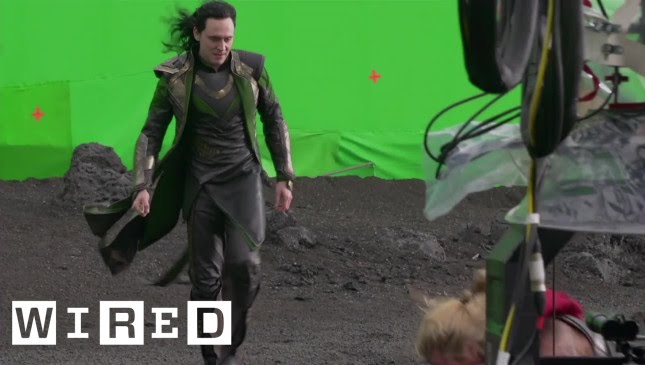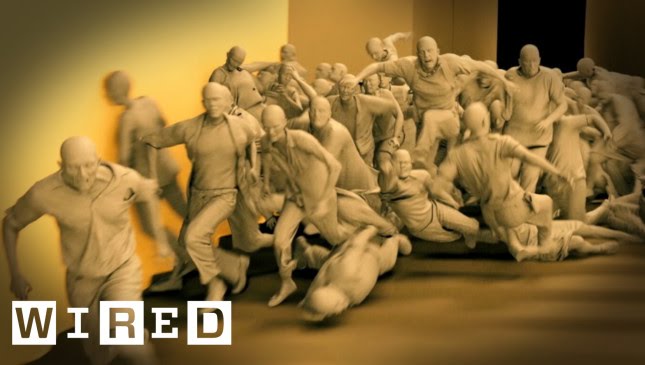Interesting Questions about Science and Wildlife
Summary
In this article, we answer five interesting questions related to science and wildlife. We discuss the possibility of COVID-19 mutating to be more deadly, the size of cells in different animals, the myth of mother birds abandoning their chicks, species that attack their own kind, and the potential for bringing back extinct species. We also touch on the importance of wildlife conservation as a career.
Table of Contents
- Can COVID-19 mutate to be more deadly?
- Are the cells of an elephant larger than those of a rat?
- Why do mother birds abandon their chicks if touched by humans?
- Are there other species that attack their own kind as frequently as humans?
- Is it possible to bring back extinct species?
Can COVID-19 mutate to be more deadly?
The answer to this question is yes, although it’s more likely that COVID-19 will become less deadly and more transmissible over time. As the virus spreads, it may mutate in ways that make it more contagious but less lethal. However, there is always a possibility that the virus could evolve in a way that makes it more deadly.
Are the cells of an elephant larger than those of a rat?
No, the cells of an elephant are not larger than those of a rat. While elephants are much larger than rats, there are limits to how big a cell can grow due to diffusion limitations. Therefore, the cells of different animals are generally similar in size.
Why do mother birds abandon their chicks if touched by humans?
This is a myth – most birds have a high loyalty to their eggs and chicks. While some birds may temporarily leave their nests if they feel threatened, they will typically return once the threat has passed. It is unlikely that a mother bird would abandon her chicks permanently just because they were touched by a human.
Are there other species that attack their own kind as frequently as humans?
Yes, there are other species that attack their own kind as frequently as humans. Examples include praying mantises, lingcods, and chimpanzees. However, it’s important to note that humans are unique in their ability to organize and carry out large-scale violence against their own species.
Is it possible to bring back extinct species?
There are efforts to bring back extinct species using preserved DNA, such as with the woolly mammoth. However, this is a complex and controversial process that raises ethical questions. Some species can also be reintroduced into the wild after going extinct through captive breeding projects. An example of this is the tree lobster, a giant stick insect found on Lord Howe Island, which was considered extinct for over a century until a few dozen individuals were found and bred in captivity.
Conclusion
From COVID-19 to extinct species, there are always fascinating questions to explore in the world of science and wildlife. While some of these questions may not have easy answers, it’s important to continue learning and exploring in order to better understand the world around us. And for those passionate about conservation, wildlife conservation can be a fulfilling and important career path in the face of biodiversity loss.






